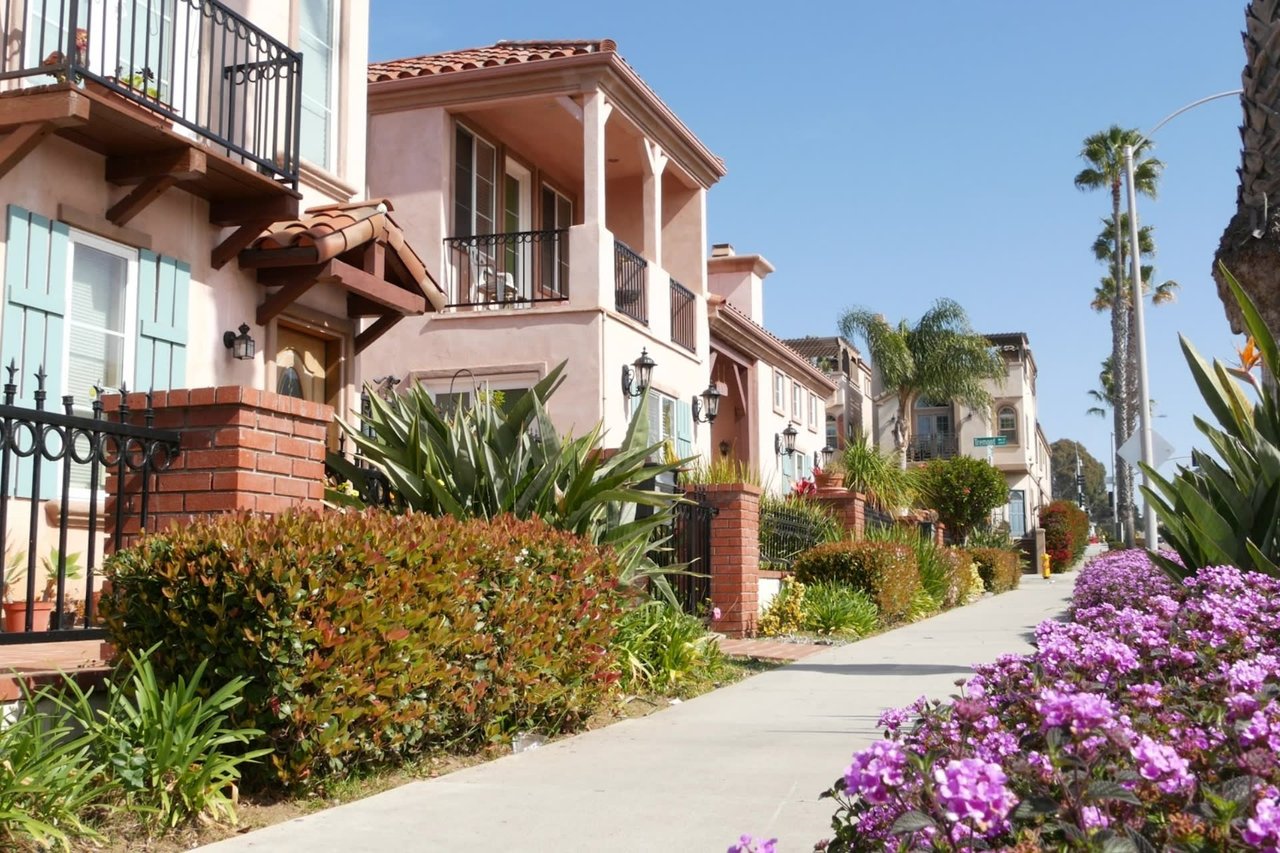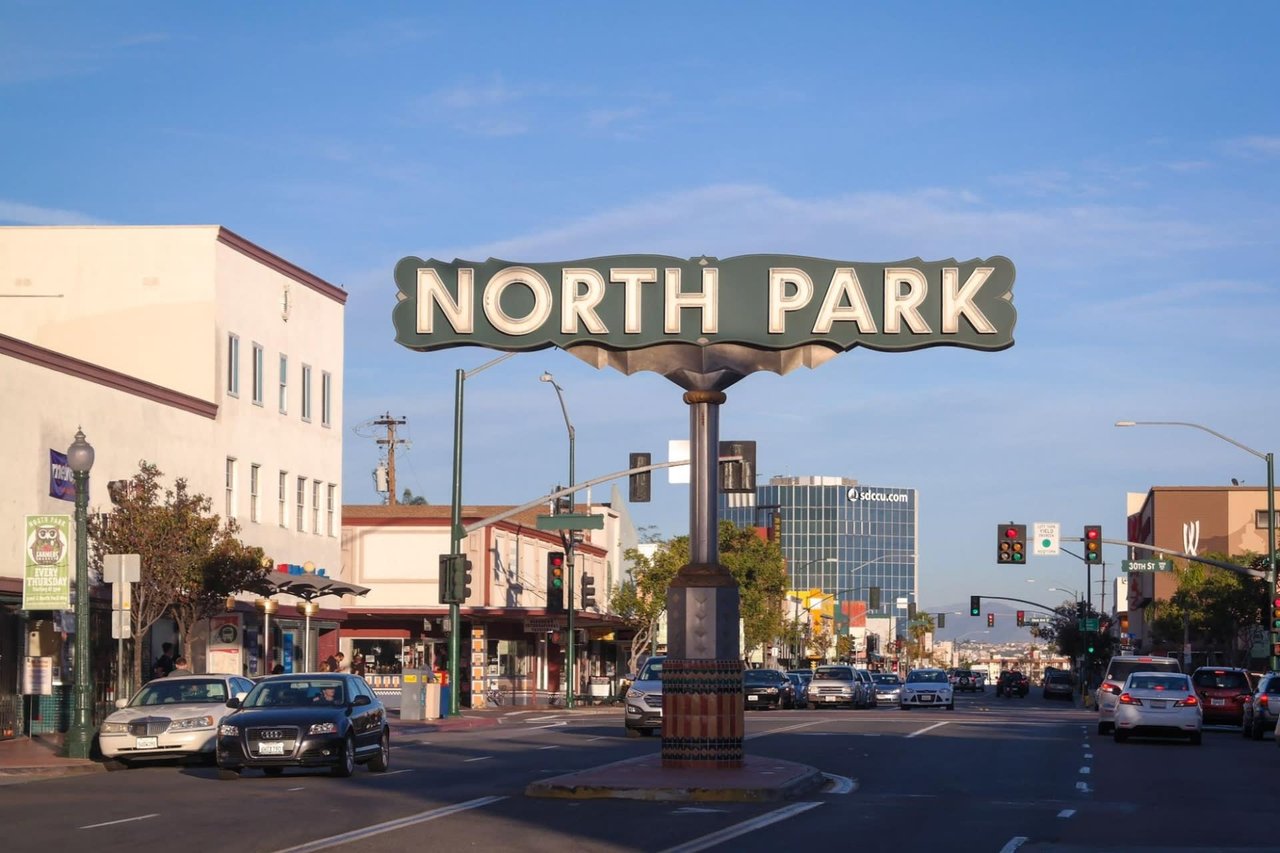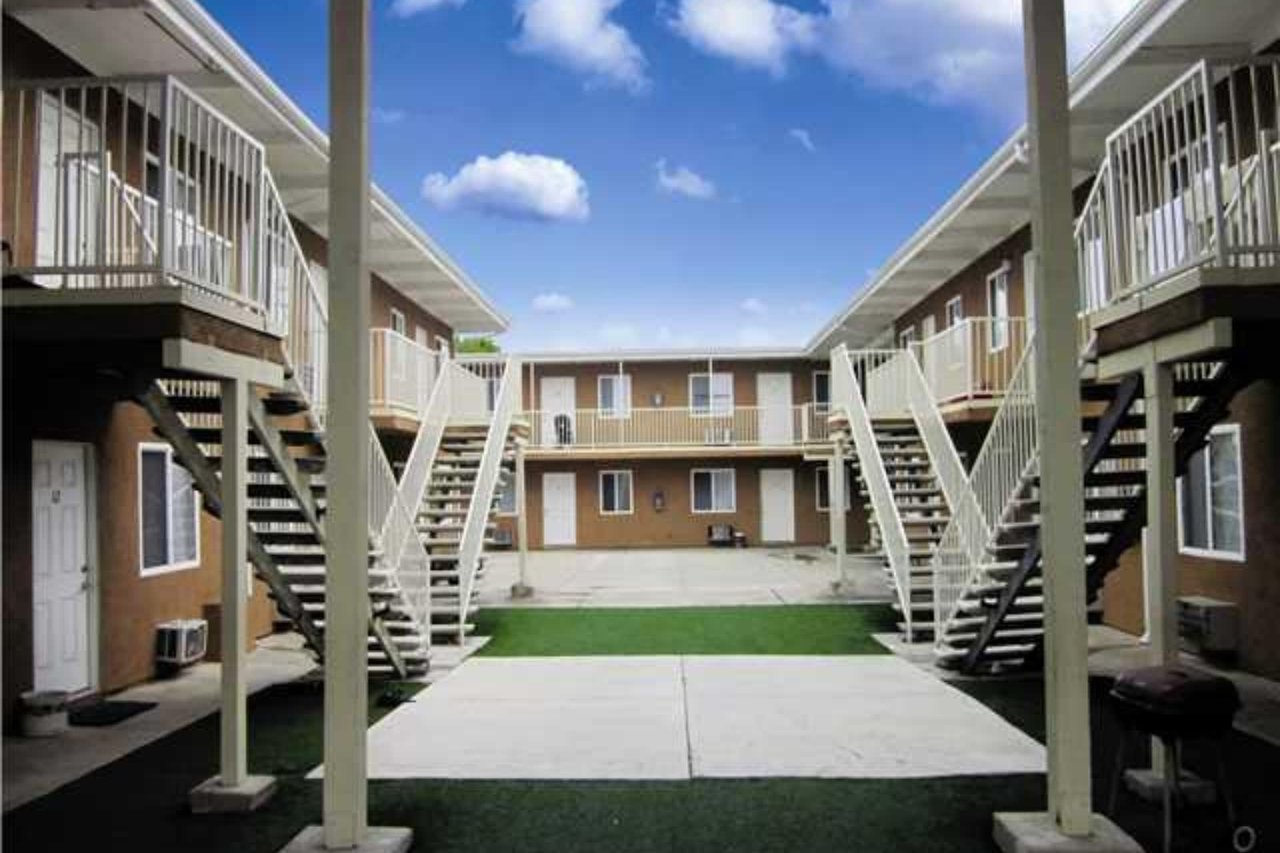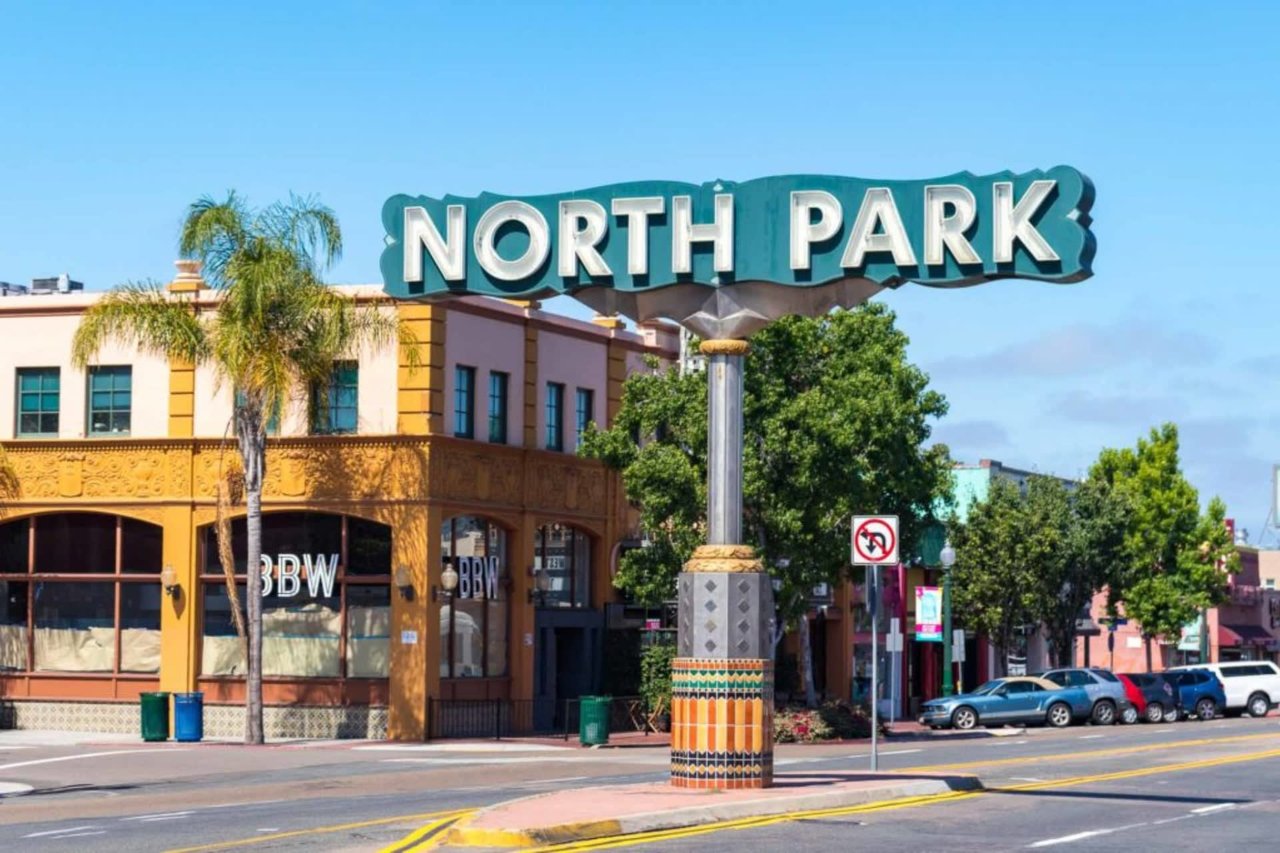The Tax Cuts and Jobs Act of 2017 with the opportunity zone tax rule were designed to stimulate economic growth and create more jobs in certain regions of the U.S. This federal government program allows participating investors to enjoy significant tax advantages in return for assisting communities in need of revitalization.
Suburban, rural, industrial, and downtown qualified opportunity zones (QOZ) are located throughout the country, with close to 9,000 of them to be found on the U.S. Department of Housing and Urban Development website. These opportunity zones are certified and designated by the Internal Revenue Service. Adding them to a real estate investment portfolio can be an excellent strategy. It is possible to achieve an annualized (and impressive) return increase of as much as 30 to 40%.
How investors utilize qualified opportunity zones
Qualified opportunity zone investments are managed through qualified opportunity funds (QOF). QOFs are investment vehicles like mutual funds, and investors may allocate their capital to whichever available geographic region in the country they choose. A QOF can file a corporate or partnership federal income tax return, and the amount of taxes owed to the federal government is then reduced. That is not a typo: the amount is zero.
A QOF can invest in real estate and businesses that are in QOZs, as long as the fund, properties, or entities comply with the set guidelines. Here are several examples:
A QOF can invest in real estate and businesses that are in QOZs, as long as the fund, properties, or entities comply with the set guidelines. Here are several examples:
- The eligible corporation or partnership must file a federal Form 8996 with its income tax return
- A designated QOF has to invest a minimum of 90% of its assets into a QOZ to become eligible for tax benefits.
- The property or business being invested in has to be new or significantly improved
- Existing real estate may not be purchased unless major improvements are made
- Those improvements require an investment of an amount that equals the cost of the building
- The improvements must be finished within 30 months.
Be sure to consult your tax professionals and others to be you understand important guidelines that QOZ investors should also be aware of.
Determining if a QOF is a smart investment
An experienced Pacific Beach realtor that specializes in real estate investment strategies can help an investor with an eye on the San Diego region determine if a QOF is a right choice for their real estate portfolio. In addition to meeting the specifications listed above, it is critical to establish the investment property or business’s valuation. That number will be based on the current property and local market conditions, comparable sales, environmental data, zoning, and other factors.
The investor’s current portfolio should also be taken into consideration, as adding a QOF can help diversify the overall strategy. The property or business need not be a single asset, either – there are multi-asset funds that are spread out across various geographies or classes. A North Park property might qualify, as could a commercial property for sale in Chula Vista: Again, the listings can be found on the U.S. Department of Housing and Urban Development, but a knowledgeable local realtor who specializes in QOZs can offer trusted advice to help investors choose the most appropriate investments.
The investor’s current portfolio should also be taken into consideration, as adding a QOF can help diversify the overall strategy. The property or business need not be a single asset, either – there are multi-asset funds that are spread out across various geographies or classes. A North Park property might qualify, as could a commercial property for sale in Chula Vista: Again, the listings can be found on the U.S. Department of Housing and Urban Development, but a knowledgeable local realtor who specializes in QOZs can offer trusted advice to help investors choose the most appropriate investments.
The tax benefits can be substantial
Tax laws are always subject to change, but for now, a QOZ investment can reap impressive rewards. To begin with, investors can choose to defer paying the taxes on the original capital gain until the 2026 tax year. If that wasn’t impressive enough, remember that being patient can be even more gratifying. Retaining the investment for over five years increases the cost basis by 10%, so investors will not need to pay tax on 10 percent of the realized capital gain.
Waiting for seven years adds on another 5% so that capital gains tax exclusion jumps up to 15%. As mentioned earlier, waiting ten years (just another three) means that there will be no capital gains taxes owed on additional appreciation – aside from any paid for the 2026 tax year.
Waiting for seven years adds on another 5% so that capital gains tax exclusion jumps up to 15%. As mentioned earlier, waiting ten years (just another three) means that there will be no capital gains taxes owed on additional appreciation – aside from any paid for the 2026 tax year.
IRC §1031 vs. QOF
A 1031 exchange is another way for investors to defer capital gains taxes and protect their investment equity. IRC §1031 is a section of the Internal Revenue Code that stipulates that tax payments can be delayed for valid property exchanges. To put it more succinctly, this applies to investment properties that are sold to reinvest into replacement properties. The new investment has to be identified within 45 days and purchased within 180, and a qualified intermediary holds the proceeds until the transaction is complete.
With 1031 exchanges, investors have more flexibility as far as the choice of properties and businesses go since they need not focus on QOZ zones. A 1031 can also be appropriate for an investor who wants to focus on real estate buying and selling for longer than a decade instead of cashing out at that point. To qualify for a 100% tax deferral, all of the proceeds must be rolled into the replacement property.
Comparing the pros and cons of a QOZ and 1031 exchange investment can be challenging because of the different laws and timing that apply. Investors may also want to incorporate these strategies into their estate plans, which also have specific rules that need to be followed.
Individual situations impact the choices that investors make, and this includes the amount to be invested, demographics, other tax burdens, wanting to invest in deserving communities, and willingness to diversify portfolios. When planning to take advantage of a QOZ or 1031, it can also make sense to complement them with charitable giving, the New Markets Tax Credit, the Low-Income Housing Tax Credit Program, and other kinds of tax benefit programs.
The Beacon Group specializes in targeted, strategic real estate investment strategies and helps inexperienced and more seasoned clients develop portfolios that offer enduring value for the short- and long-term. To learn more about QOZ, QFA, 1031 exchanges, and other real estate investment opportunities, contact Gabe Candea at our San Diego offices today.
*Header photo courtesy of Shutterstock
With 1031 exchanges, investors have more flexibility as far as the choice of properties and businesses go since they need not focus on QOZ zones. A 1031 can also be appropriate for an investor who wants to focus on real estate buying and selling for longer than a decade instead of cashing out at that point. To qualify for a 100% tax deferral, all of the proceeds must be rolled into the replacement property.
Comparing the pros and cons of a QOZ and 1031 exchange investment can be challenging because of the different laws and timing that apply. Investors may also want to incorporate these strategies into their estate plans, which also have specific rules that need to be followed.
Individual situations impact the choices that investors make, and this includes the amount to be invested, demographics, other tax burdens, wanting to invest in deserving communities, and willingness to diversify portfolios. When planning to take advantage of a QOZ or 1031, it can also make sense to complement them with charitable giving, the New Markets Tax Credit, the Low-Income Housing Tax Credit Program, and other kinds of tax benefit programs.
The Beacon Group specializes in targeted, strategic real estate investment strategies and helps inexperienced and more seasoned clients develop portfolios that offer enduring value for the short- and long-term. To learn more about QOZ, QFA, 1031 exchanges, and other real estate investment opportunities, contact Gabe Candea at our San Diego offices today.
*Header photo courtesy of Shutterstock
